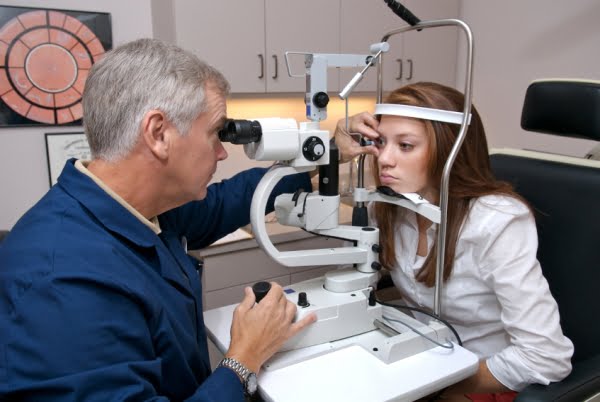
Laser eye surgery has helped tens of millions achieve 20/20 vision for nearly 30 years. The technology continues to improve, and more men and women than ever are choosing laser vision correction over contact lenses and prescription eyeglasses. But, how does laser eye surgery correct vision?
Preparing Your Eye for the Laser
LASIK and PRK are the most common options for laser eye surgery, and each procedure requires a different technique to prepare the cornea for the laser. The surface layer of your cornea, known as the epithelial layer or epithelium, must be removed to reveal your underlying cornea, called the stroma. With LASIK, a flap is created using the epithelial layer, which is then folded back over the eye once the laser has finished. With PRK, the epithelium is completely removed, and your eye naturally regrows the layer in the days following your procedure.
Correcting Your Cornea with Laser Eye Surgery
The laser aspect of the procedure works the same whether you’re having PRK or LASIK. Our eye doctors will do several examinations prior to your procedure to make sure we have precise measurements to correct your vision. The laser then uses a UV light beam to eliminate minuscule amounts of corneal tissue to reshape your cornea and allow light to focus accurately on the retina, thus improving your vision.
You see, the reason you have poor vision is your cornea is an irregular shape. If you’re severely nearsighted, the laser will need to flatten your cornea. If you’re severely farsighted, the laser will need to provide a steeper contour. Additionally, the excimer lasers used in these surgeries can get rid of astigmatism by creating a smooth corneal shape.
If you’re interested in laser eye surgery, please contact our eye doctors in Northeastern Pennsylvania today at (570) 342-3145 to schedule your consultation. The Northeastern Eye Institute serves clients in Scranton, Hazleton, Wilkes-Barre and nearby Pennsylvania areas.